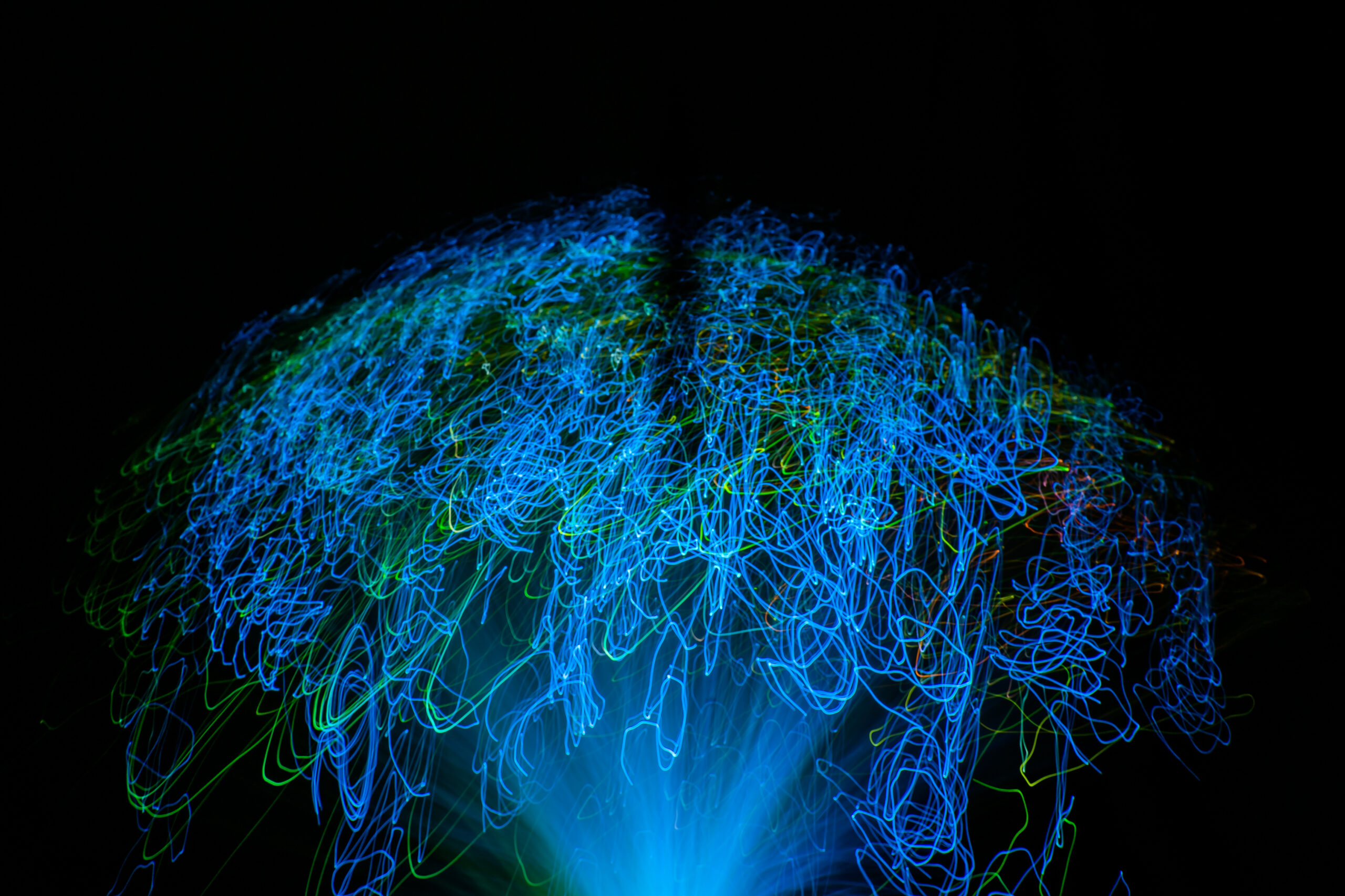Understanding AI Models and Their Role in AI Contracts

AI models play a central role in AI projects and contracts, as they form the basis for AI systems to process input data and generate output data. Understanding AI models, their ownership, and their implications in AI contracts is crucial for ensuring the proper allocation of intellectual property rights and protecting the interests of both parties involved. This article will discuss the importance of AI models in AI contracts and provide insights into managing their ownership and usage.
Understanding AI Models
AI models, in the context of artificial intelligence and machine learning, are representations of functions, logic, or knowledge that relate input data to an output. Outputs can include predictions, classifications, or prescribed actions. Examples of AI models encompass knowledge graphs, decision trees, neural networks, and deep learning networks, among others.
AI models can be proprietary, open-source, or owned by third parties. The results of machine learning pose one of the largest challenges in IP protection, as these learnings are not yet in existence at the time of contracting.
Managing AI Model Ownership and Usage in AI Contracts
Determine model ownership
As a general rule, AI models will not be owned by the customer. They will either be open source, owned by a third party, or proprietary to the vendor. It is important for the parties to clearly define the ownership of the AI model in the contract.
Distinguish between models and data
Separating the AI model from the input and output data being consumed and generated by the model is essential for the proper allocation of intellectual property rights in a machine learning-based AI solution. Clearly defining the boundaries between the model and the data will help avoid disputes and misunderstandings in the future.
Define usage rights and restrictions
The AI contract should outline the rights and restrictions for using the AI model. This may include the customer’s right to use the model for specific purposes, the vendor’s right to provide support or maintenance services, or limitations on the model’s use to protect proprietary information or trade secrets.
Address updates and improvements
AI models often evolve and improve over time, as they are trained on new data or as the vendor develops new techniques and algorithms. The AI contract should address how updates and improvements to the model will be handled, including any changes to ownership, usage rights, or restrictions.
Understanding AI models and their role in AI contracts is crucial for safeguarding the interests of both parties involved. By determining model ownership, distinguishing between models and data, defining usage rights and restrictions, and addressing updates and improvements, companies can ensure the proper allocation of intellectual property rights and protect their interests in the rapidly evolving world of AI technology.















